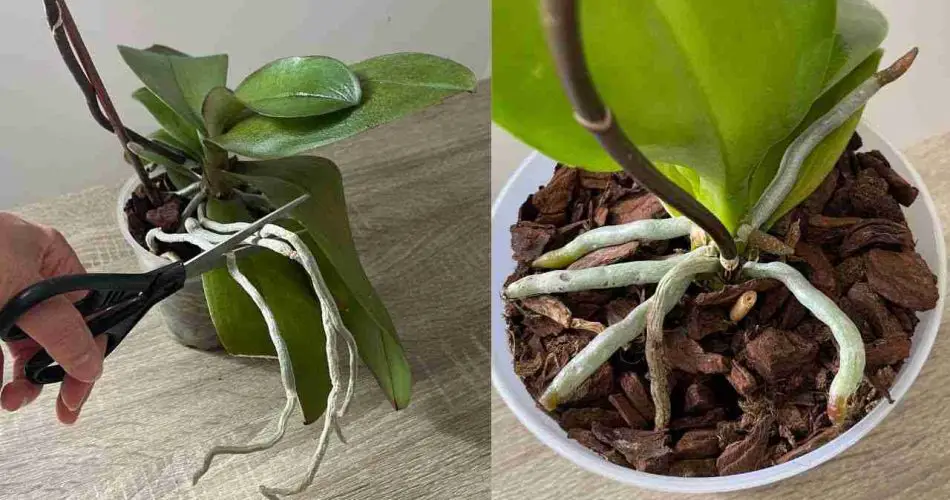Boost Your Orchid’s Blooms and Roots with This Monthly Process
Did you know that a simple monthly procedure can significantly enhance your orchid’s root and flower production? Discover the steps to achieve a thriving orchid!
By performing a specific procedure once a month, you can encourage your orchid to produce lush flowers and roots. This technique focuses on both the pot-contained and aerial roots of the orchid. Let’s explore how to ensure your orchid flourishes with abundant roots and blooms!
Understanding Orchid Aerial Roots Orchids naturally produce aerial roots, which is a trait inherited from their species. These roots are essential for absorbing water and nutrients, providing stability, and supporting minimal photosynthesis. Even when potted, orchids continue to rely on these roots, particularly if the soil conditions are not ideal for root growth within the pot.
Caring for Orchid Aerial Roots It’s crucial not to cut the aerial roots but rather to moisturize them to promote growth. One method is to elevate the pot within a larger one and submerge the aerial roots in a glass of water, replenishing the water as it is absorbed. This practice nourishes the roots effectively.
Additionally, ensure that you only trim these roots if they are dry or dead, as healthy aerial roots are a sign of the orchid’s overall well-being. Spraying the aerial roots with water can also help maintain adequate hydration without needing to repot them into the bark, which might risk their health.
Repotting Aerial Roots If you prefer not to have the roots visible outside the plant, consider repotting them but avoid cutting them. Prepare the roots for the soil by increasing humidity levels around them through frequent misting for two weeks prior to repotting. This acclimates the roots to the new environment, ensuring they thrive after being moved.
Propagating Orchids from Aerial Roots You can propagate new orchids from healthy aerial roots. Separate these from the main plant with a sterile cut, and pot them in new soil mixed with ground cinnamon to prevent infection. Cover the base with clay pellets and keep the roots moist with hydrogen peroxide before planting to soften them. Top the soil with pine and moss to provide the best growing conditions.
By following these steps, your orchids will not only survive but thrive, producing vibrant flowers and robust roots. Remember, the aerial roots are vital to the orchid’s health and should only be trimmed if absolutely necessary.
